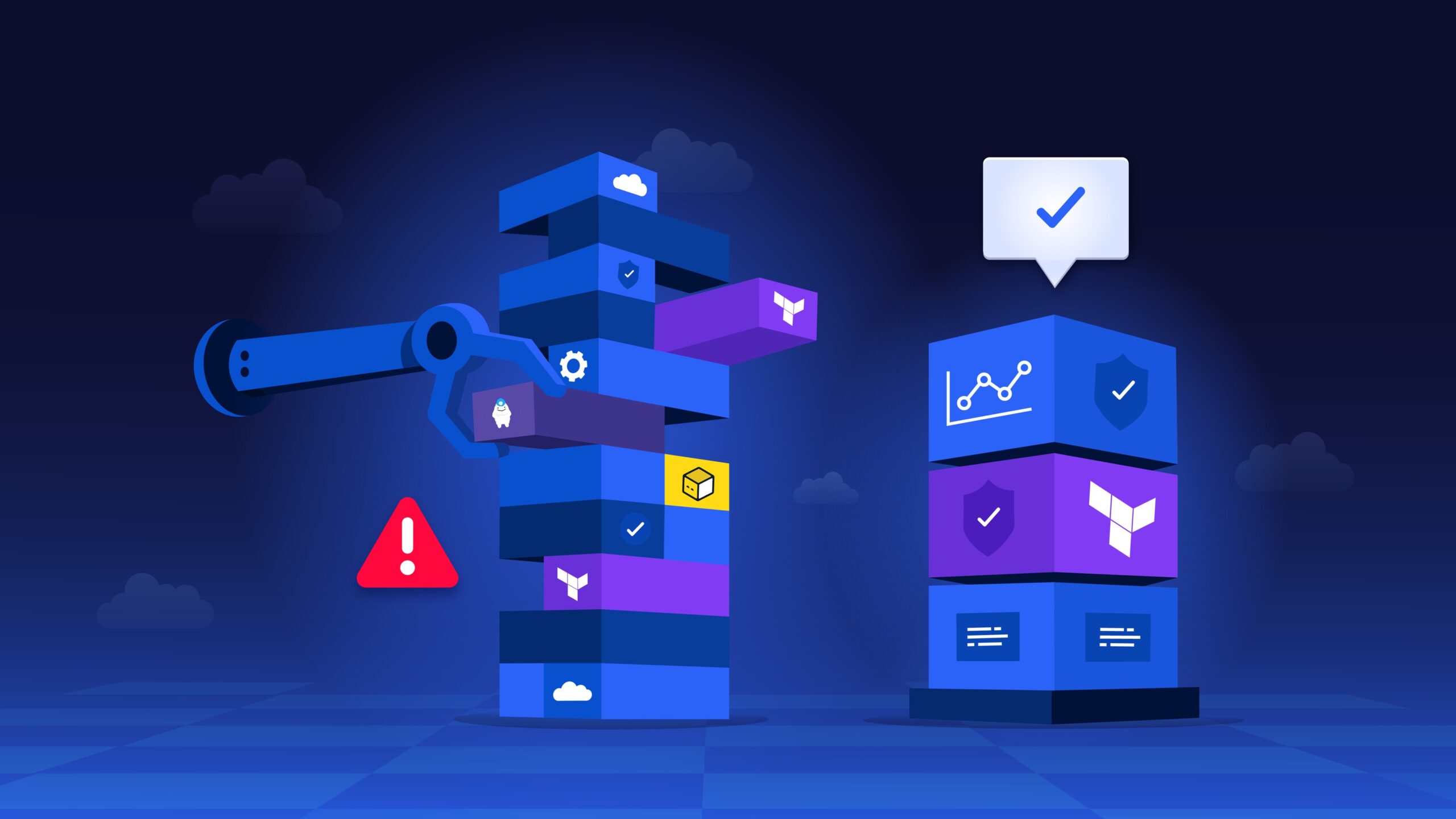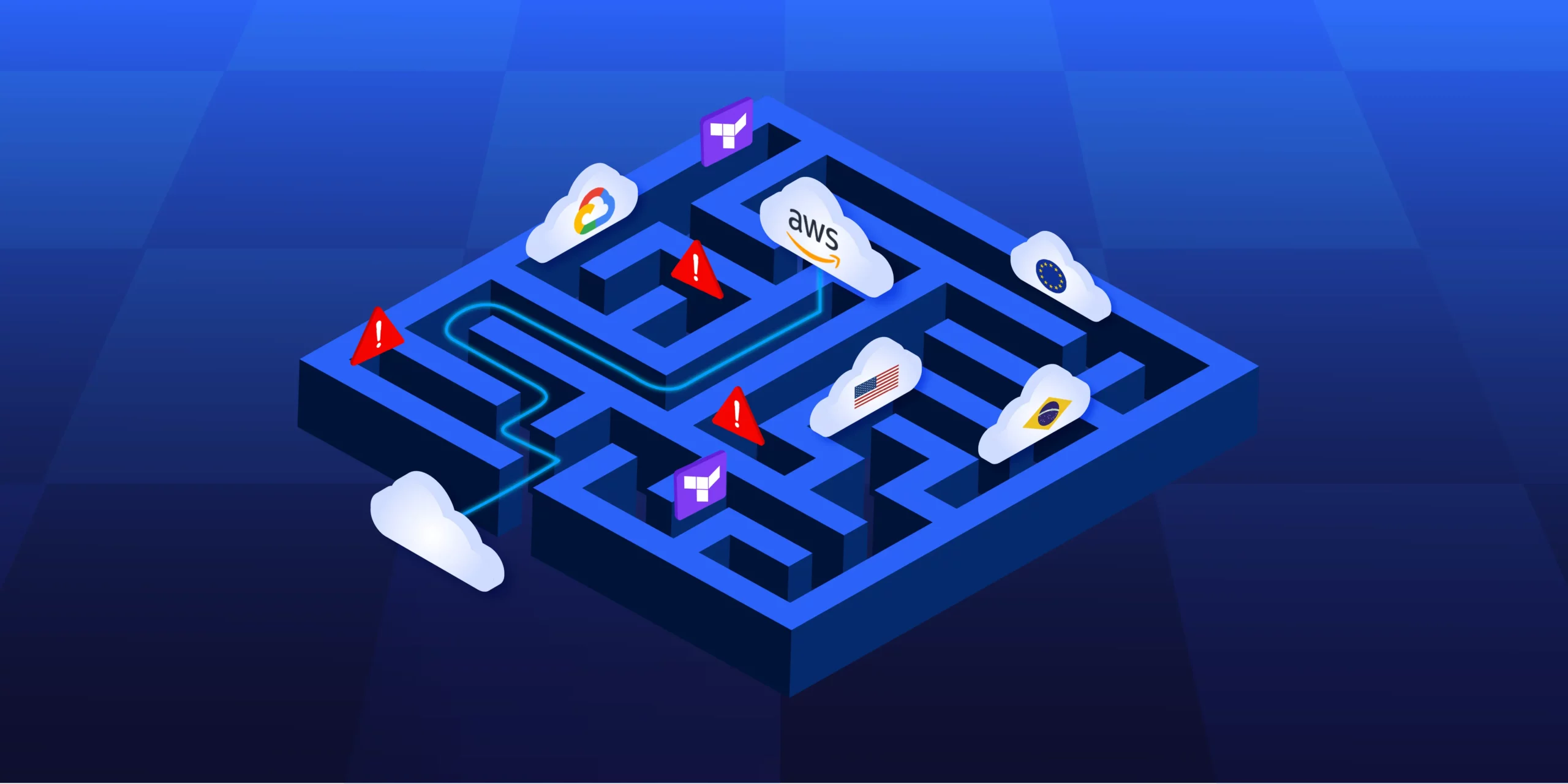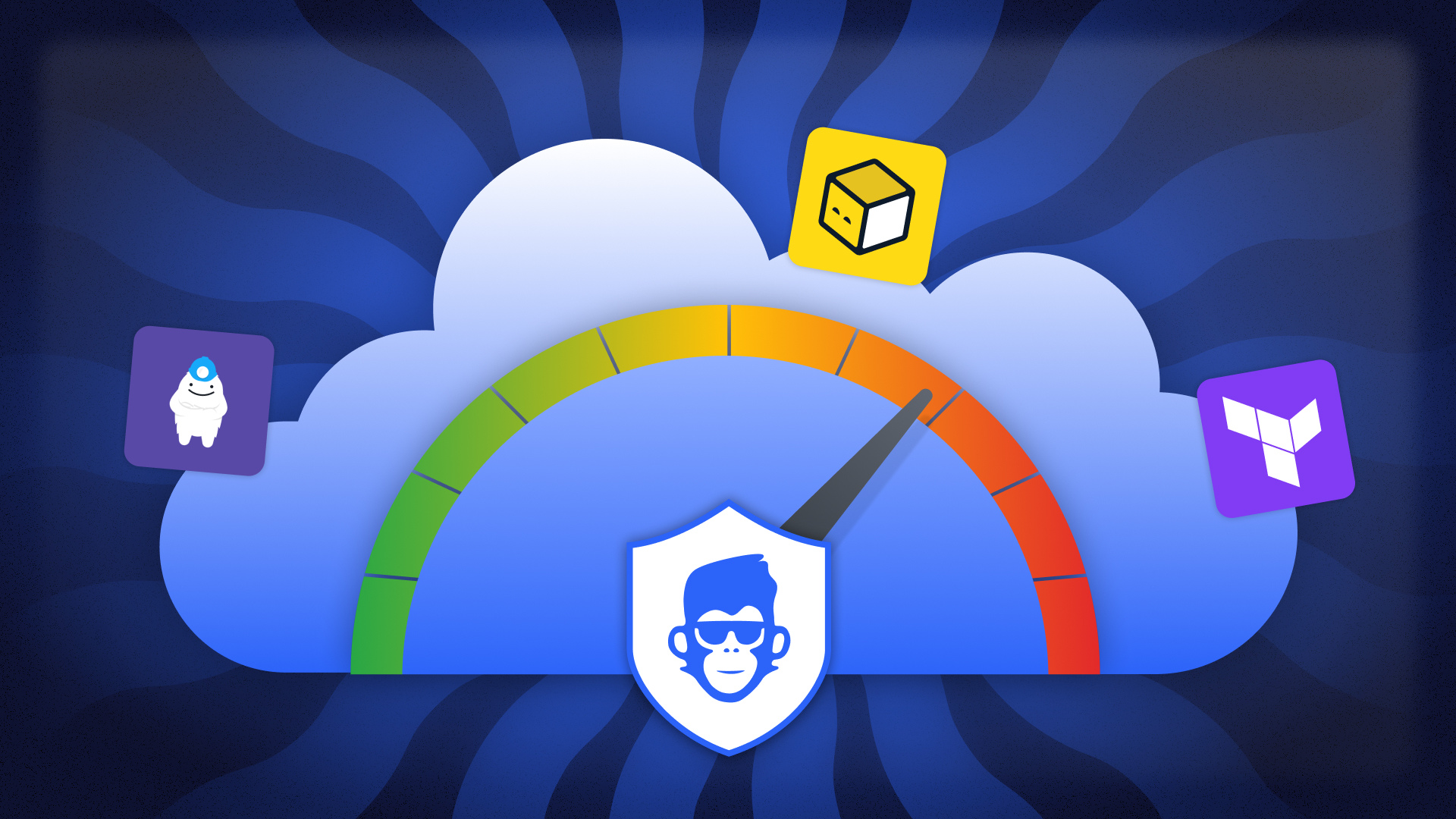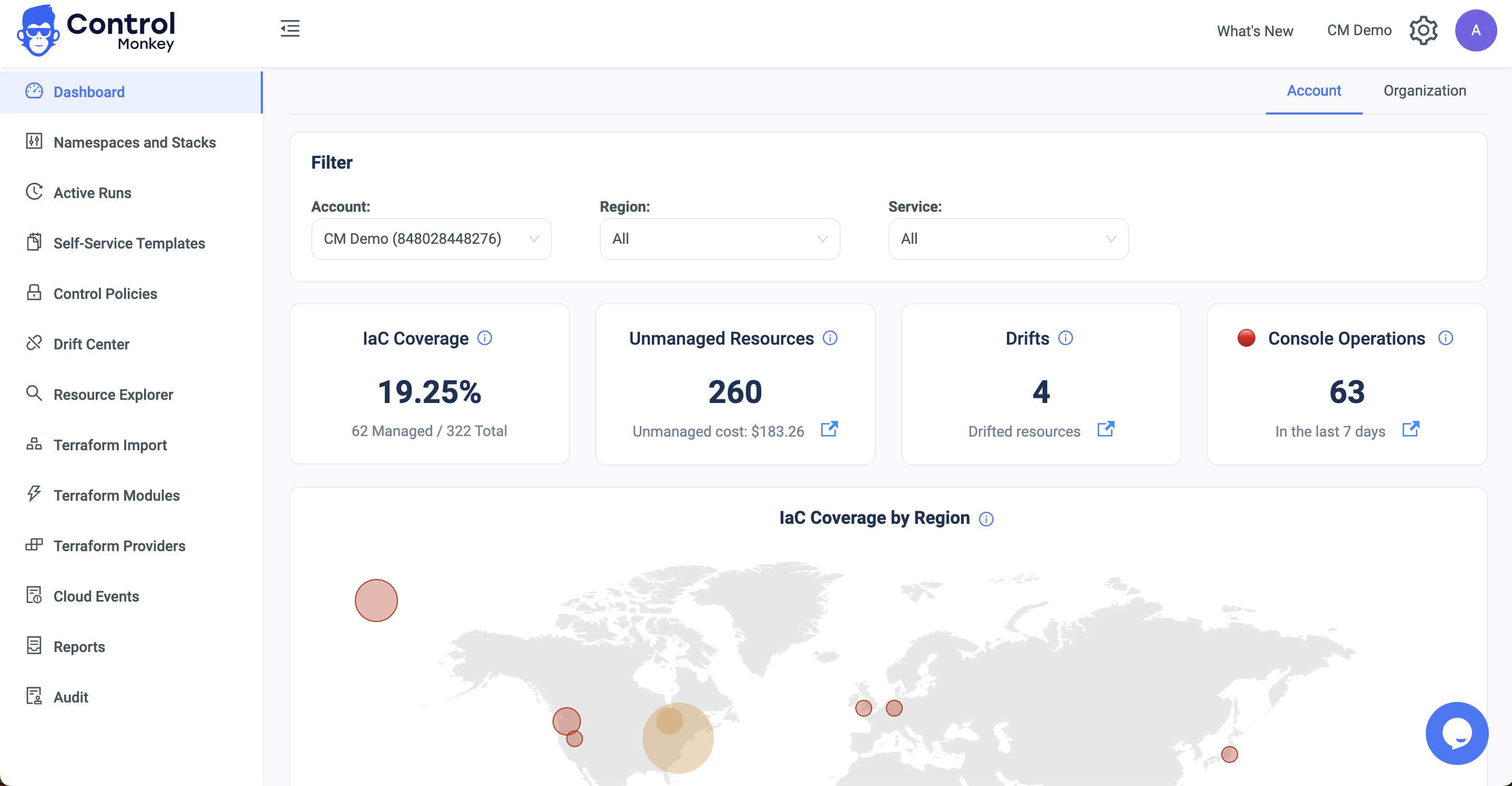For years, CI/CD pipelines have been the gold standard for software delivery—fast, repeatable, and reliable. But when it comes to cloud infrastructure, the model breaks down. It’s not that CI/CD is broken. It’s that infrastructure isn’t software. It has different constraints, different risks, and very different failure modes. And treating it like software introduces risk, drift, friction, and operational overhead—right when teams need speed and stability most.
The more your cloud estate grows, the more these problems compound—until visibility, control, and velocity start to erode.
Let’s unpack why — and what a better path forward looks like.
TL; DR
CI/CD works great for stateless apps–but infra isn’t stateless. It’s live, interconnected, and hard to roll back when things go sideways. Treating it like software adds risk and drift. What you need isn’t more pipelines—you need a delivery model built for infra.
Originally Published on DZone: Full Article
Software Is Stateless. Infrastructure Is Not.
Software has the luxury of statelessness. You can deploy a new artifact behind a feature flag, run a canary release, roll it back if something fails, and try again—clean slate.
Infrastructure doesn’t give you that luxury. It’s stateful. Interconnected. Live in production when you touch it.
One bad change to a security group, IAM policy, or route table can take down a service—or worse, expose your environment to risk. Rollback would take time, and the damage, wether it’s security vulnearbltiy, compliance violation or downtime, has already been done.. Undoing a misconfigured environment isn’t as simple as reverting a commit. Even small changes can cascade into compliance issues, degraded performance, or system outages.
That’s why the traditional CI/CD model—while amazing for shipping app code—was never built to handle the fragility, dependency chains, or long tail of infra risk. And as your infra estate scales across clouds, regions, and teams, the failure modes multiply.
You don’t just need CI/CD. You need a new delivery model purpose-built for infra.
The Stack: A Better Delivery Unit for Infra
The answer isn’t to ditch your pipelines. It’s to evolve them — by introducing a new delivery unit: the stack.
A stack isn’t just an environment or a folder of code. It’s a governed, trackable, collaborative unit of infrastructure. Each one connects code to live cloud resources with full visibility into history, drift, policy compliance, ownership, and real-time state.
Why does that matter?
Because traditional CI/CD doesn’t answer core infra questions:
- What code owns this resource?
- Is it up to date?
- Who made this change, when—and why?
- Has anything drifted?
- Are we in compliance?
A stack answers these. At a glance. Because, within a stack, teams can:
- Track what’s managed: Know exactly what code is responsible for which cloud resources—and whether it’s still in sync.
- Detect and fix drift: Spot when infrastructure diverges from code—and resolve it safely.
- Shift left on governance: Enforce policies and compliance at the code layer, with flexibility per environment or team.
- Control changes: Define who can deploy, when, how—and automate reviews, testing, and rollback.
In short, stacks give infrastructure the same kind of control layer that transformed software.
Instead of flying blind with ad hoc pipelines and clickops, teams get versioned, validated, policy-enforced delivery…with a paper trail. And unlike generic CI/CD, stacks are purpose-built to handle infra’s messiness: state, dependencies, sprawl, and governance.
CI/CD Might Be Fine—Until It Isn’t
Some teams say: “What we have works.” And maybe it does—until you start scaling, adding environments, onboarding new teams, or adopting AI workloads.
Traditional pipelines break down when:
- Manual approvals can’t keep up
- Engineers can’t tell what’s safe to change
- Cloud sprawl makes visibility vanish
- A simple config change takes out prod
And worst of all: when leadership asks critical questions like:
- “What changed?”
- “Is this infrastructure compliant?”
- “Why is this resource even here?”
- “How fast can we fix it?”
…and you don’t have answers. In that moment, it’s already too late.
So Why Don’t Teams Shift (Even When They Should)?
Inertia. Teams don’t stick with fragile delivery models because they believe they’re great. They stick because it’s what they’ve always done. But that loyalty can be dangerous.
The cracks show up in the worst places: Drift that breaks apps; security gaps that slip through reviews; and fire drills no one saw coming.
If you’re not actively building infra delivery muscle, you’re falling behind. And you’re accumulating technical debt in the most expensive, high-risk part of your stack.
Where to Start
You don’t need to reinvent everything at once. Start by asking your team:
- Are we confident in what’s deployed right now?
- Are we still doing manual approvals?
- Can we trace what code owns what infra?
- Are we auditing drift—and resolving it?
- Can we enforce policy per environment?
If any answer is “no,” it’s time to rethink infra delivery.
What’s Next: Giving Infra Its Own Delivery Model
Cloud infrastructure isn’t just “part of engineering” anymore. It’s the foundation for scale, velocity,
and resilience. Software delivery has CI/CD. Now, Infra deserves its own playbook.
A governed delivery model—like the stack—brings the visibility, safety, and velocity teams need to grow without losing control. You don’t need to ditch your CI/CD. You just need to stop pretending it was ever enough for infrastructure.
In the end, infra that can’t adapt… can’t scale. But a new delivery model—one that’s repeatable, predictable and transparent—is a massive competitive advantage.












